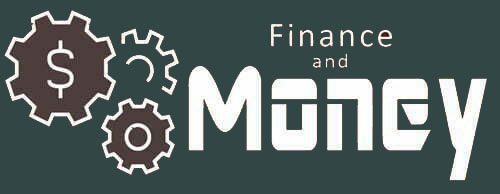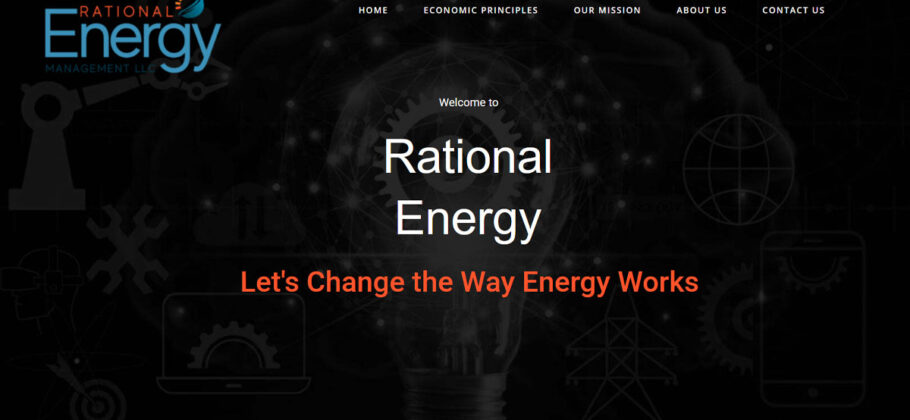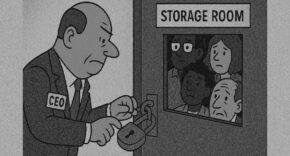I didn’t set out to build batteries. Honestly, I was trying to do something way cooler – build a new kind of energy market.
Imagine this: a fully open, auction-based system where anyone with rooftop solar could sell their excess power to the highest bidder. Your grandma could become her own utility company. Neighborhoods could become energy co-ops. We’d unleash a grassroots energy revolution—sunlight, capitalism, and software in perfect harmony.
I built the model. The software worked beautifully. I was ready for a prototype… and then I discovered The Ugly Truth.
There are no batteries.
Okay, there are batteries – but they’re priced like Fabergé eggs wrapped in Tesla stock. Every utility-scale battery on the market was so expensive, it would have made electricity more expensive—by as much as a factor of ten. Picture this: electricity costs 3 cents a kilowatt-hour, but storing it bumps the price to 30 cents. It’s like freezing a Popsicle and having to sell it as artisanal gelato just to make your money back.
So I dug in, thinking I’d find a clever workaround. What I found instead was the true horror: the entire battery industry is addicted to subsidies. Every manufacturer bakes government support into their business model. If they make the batteries cheaper, they actually earn less. So of course, nobody’s in a hurry to innovate on cost.
But here’s the kicker: I ran the numbers, using data Musk himself put out, and what I saw was staggering. A global battery market to support renewables could be worth $9 trillion. That’s trillion, with a “T.” Yet almost nobody is seriously trying to sell something that works without government support.
The vaunted Form Energy looks promising – cheap, maybe even revolutionary – but I’ll just say there are whispers . Maybe they’re true, maybe they’re not. Let’s just say I’m keeping an eye on them, and so are others.
Meanwhile, I pivoted. If I couldn’t buy an affordable battery, I’d make one.
I started with the one word the rest of the industry avoids: cheap. Not “cutting-edge.” Not “ultra-dense.” Just cheap. I chose a battery chemistry based on commodity materials – based on ferric chloride, which sounds a bit scary but is actually cheap, safe, and plentiful. The components are low-cost, globally available, and environmentally responsible (and, oh yeah, they don’t explode…).
Now to be clear, we know the battery works. The real win is this: using these materials, we can build it cheap — so cheap, in fact, that we can store solar power and resell it on the spot market for a profit. No government support. No subsidies. Just solid margins and scalable economics.
And that brings us to solar itself. Solar is already the cheapest source of electricity on Earth, running between 15 and 25 cents per watt. That’s dirt cheap. But right now, without affordable storage, we’re letting most of that value slip through our fingers when the sun sets.
Storage is the missing link. And affordable storage? That’s the launchpad.
Because here’s the truth: renewables only scale if they’re profitable. Subsidized markets grow in a straight line, capped by whatever Congress is willing to budget that year. But profitable markets? Those grow exponentially. And if we want to hit Net Zero, if we want Agenda 21 to be more than a PowerPoint fantasy—we need exponential.
So yes, I set out to build a software company.
Instead, I’m building the first utility-scale battery that doesn’t need a handout.
We’ve got the tech. The model works. The market is wide open. And now we’re diving in.
Batteries may not dazzle at first glance – but when a simple battery unlocks trillion-dollar markets, enables exponential growth, and reshapes how the world powers itself, it becomes clear: this is the infrastructure play of the decade. Want to play with us? tim@rational.energy





